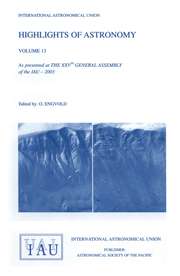Article contents
Recent Developments in Atomic Transition Probabilities
Published online by Cambridge University Press: 30 March 2016
Extract
In the last decade, research to determine atomic transition probabilities has proceded at a steady pace. Currently, the main needs for transition-probability data arise from astrophysics, magnetic fusion-energy research, and laser development. The principal approaches for the determination of data have undergone further refinement and the major conventional techniques generally contribute data in roughly the same proportions as earlier. However, some significant changes have also occurred: theoretical approaches, especially semi-empirical approximations, have produced vastly increased amounts of data; on the experimental side, determinations of atomic lifetimes by beam-foil spectroscopy have shown a decline, but work utilizing the branching-ratio emission technique as well as lifetime techniques involving laser excitation are on the increase.
Information
- Type
- Joint Commission Meetings
- Information
- Copyright
- Copyright © Reidel 1983
References
- 2
- Cited by

